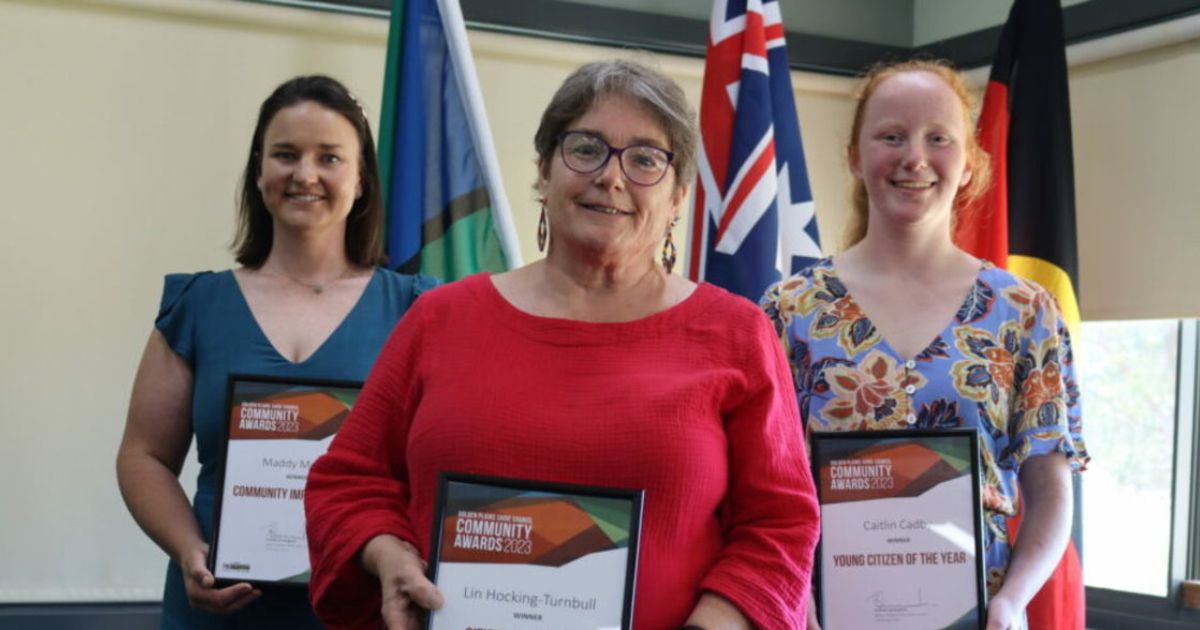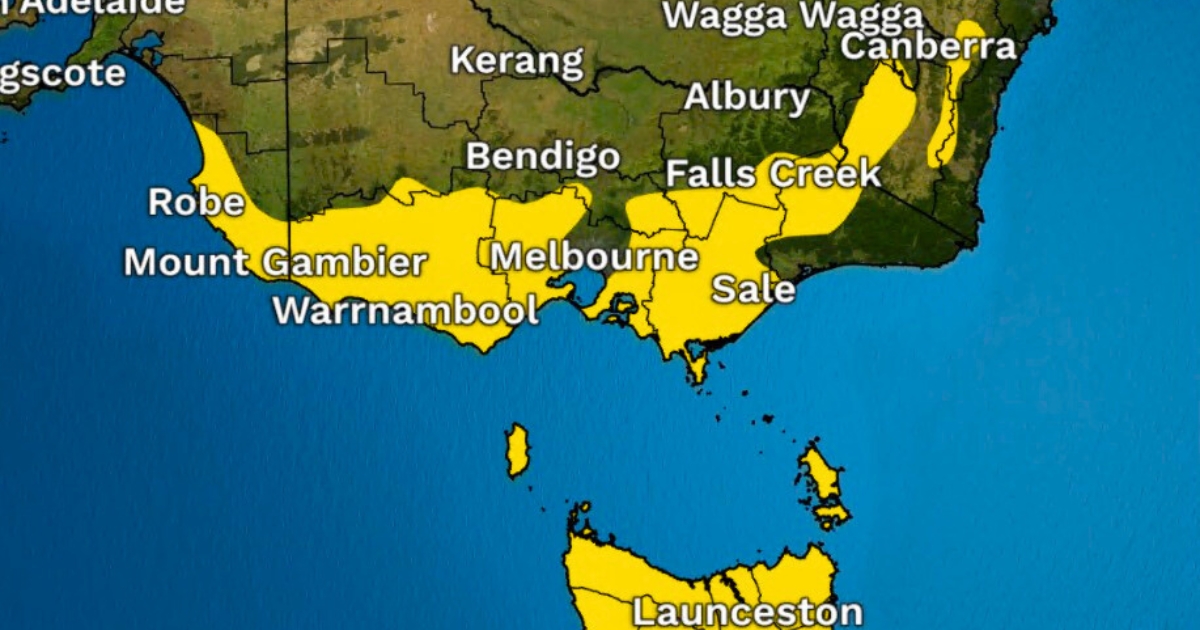Stainless-steel seed reducing surgery hours

Minute: Magseed, a vertical stainless-steel surgical device the size of a grain of rice is being used by Ballarat based oncoplastic breast surgeon Ms Ruth Bollard in the fight against breast cancer. Photo: SUPPLIED
MAGSEED, a vertical stainless-steel implant the size of a grain of rice could revolutionise breast cancer surgery in Australia says Ms Ruth Bollard, an oncoplastic breast surgeon operating in Ballarat and Ararat.
When a surgeon can’t feel or see a cancer or a lesion that needs to be removed, conventionally a hook wire is inserted into the breast marking the position.
The wire must be inserted on the morning of surgery otherwise it falls out. That process can add two hours of extra time on the day, which for regional patients who have had to travel long distances can be draining.
The Magseed technique eliminates the need for the wire implantation.
Ms Bollard explained when a biopsy to locate a legion or a cancer is done under ultrasound as an outpatient the Magseed can be inserted at that time.
“We can then use a magnetic tracker and a probe in the hospital theatre to accurately locate it,” she said.
This helps eliminate the discomfort, logistics and accuracy for women having surgery for the removal of a legion, that cannot be seen or felt.
Therefore, less pain and less visits for the patient are important benefits in the use of the Magseed.
The decrease in theatre time is seen as particularly supportive for regional patients who often have to allow considerable travel time to be available early on the day of surgery.
“From an oncoplastic breast surgeon’s perspective, the accuracy of finding the legion and preventing taking too much unnecessary breast tissue during its removal is a significant advantage,” Ms Bollard said.
“We are hoping that this technique is safer, better, less costly in terms of time and money for the patients and hospitals.
Endomag UK, the seed manufacturers, are supporting Ms Bollard’s first 15 implants for her patients as a feasibility study in Australasia.
She has done two so far, with more booked in the coming weeks.
“It simplifies treatment, improves patient experience, supports patient outcomes and could be available to everyone, everywhere,” Ms Bollard said.
While this is the first undertaking in regional Victoria, there is a regional unit in Gladstone, Queensland doing about 20 procedures.
Ms Bollard said both centres are looking at combining their research papers.
“The idea is we will prove it is cost effective and then Medicare will fund it,” she said.
“It can revolutionise our regional patient’s outcomes.”


















